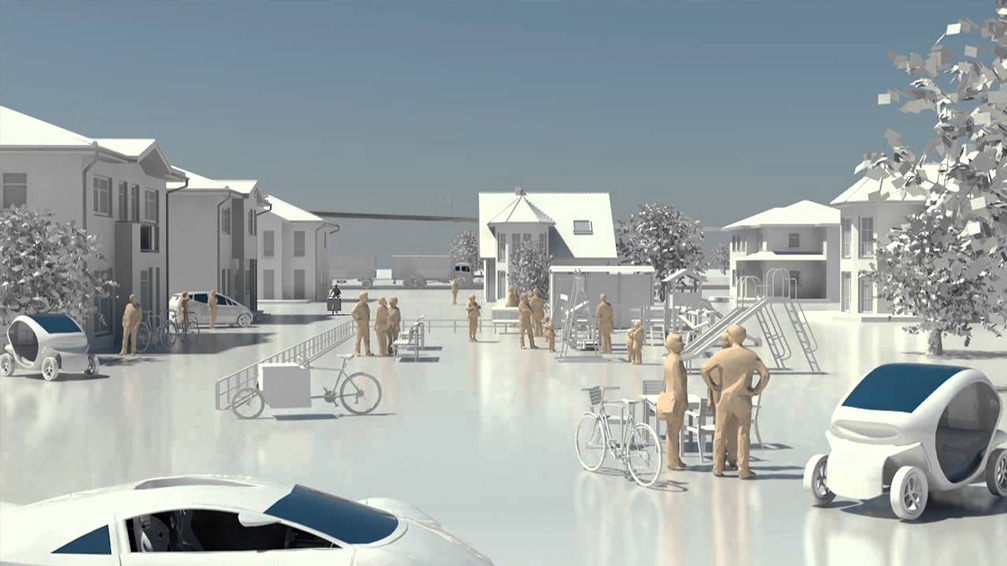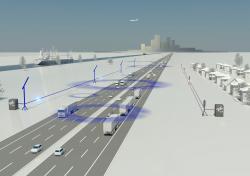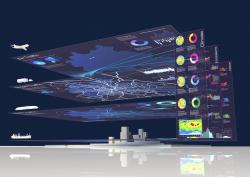
Models – central component of the VEU project
Will commercial and air traffic continue to grow in the future? What are the consequences for the climate? Can electric mobility contribute to further sustainability? Numerous models are developed in the VEU project that shed light on future transport, climate and environmental developments, thus helping to evaluate sustainability-increasing measures.
Mathematics & Co

The models are based on complex mathematical equations that can describe and forecast multifaceted processes – in the case of climate research, for instance, the interplay between greenhouse gas emissions and physico-chemical processes in the atmosphere; in transport research, the interrelationship between user decisions and technological developments. For model calculations, which often process large volumes of data, large computers and sometimes week-long computing times are needed.
Pioneering work: combining models
Numerous models are not only developed in the VEU project, they are also linked with each other via interfaces. A model of energy-sector development paths, for instance, is linked with an electric mobility model or an air transport development model with climate simulation.
A multiplicity of models, vantage points and methods

The models are focused on the most diverse themes: supply and demand in passenger transport, for instance, technical innovations, noise or air pollution. The research encompasses both scientific/technological and social/empirical research. The areas looked at are equally diverse, ranging from the mapping of national transport and energy systems, to small-scale, specific models for urban and rural areas, to global models of air transport or the climate. In addition, internationally recognized meteorological and physical models are deployed on questions of weather patterns, air quality and the global climate.
Experimental field
In its combining of different models, the VEU project is breaking new scientific ground and – in addition to its contribution to transport, climate and environmental research – is thus also performing important fundamental research in the field of model development and simulations.
